DevOps For Developers
Staging With Terraform
Kirk Haines
kirk.haines@joshsoftware.com

Production....

Production
Stable, customer facing environment
Development....

Development....

Development....

Development....

Development....

Staging!
There are a lot of varying definitions.
At the core, though, staging is a production-like environment where software can be deployed for testing and validation before it goes to production.
Staging
Controversial?
The use of staging environments has some controversy.
Staging
Benefits
- Isolation from production makes testing dangerous things easier.
- Performance testing without impacting production.
- Single central running system lets distributed stakeholders all view the same thing.
- Development environments aren't like production, and some bugs require production-like configuration to manifest.
Staging
Drawbacks
- It is difficult to keep staging looking like production.
- Wasted resources. Looking like production may not be cheap, and staging resources aren't actively servicing customers.
- Staging implies interactive testing and live UAT. This can be helpful, but often misses as many things as it catches.
- The use of staging and the "It's done, let QA make sure that it works." mindset can be actively harmful.
Staging
Automation Can Help
- It is difficult to keep staging looking like production.
- Wasted resources. Looking like production may not be cheap, and staging resources aren't actively servicing customers.
- Staging implies interactive testing and live UAT. This can be helpful, but often misses as many things as it catches.
- The use of staging and the "It's done, let QA make sure that it works." mindset can be actively harmful.
Staging
Before Talking About That....
The alternative to staging servers is extensive, comprehensive tests, leveraging CI/CD processes, real code reviews before merging, and feature flagging ALL major code changes.
Staging
The Biggest Problem With Staging
Staging environments tend to create expense from the work to maintain them, and from running systems that aren't doing anything useful most of the time.
$₹¥€$
Staging
The Other Big Problem
Staging environments tend to diverge from production, which feeds back into the issue that they can be functionally expensive.
Staging
Automation Helps...
If a staging environment can be created on demand, without needing a person to build it,
and...
Staging
Automation Helps...
If automation that can build it on demand can also destroy it on command, so that it doesn't carry an expense when it isn't being used,
then...
Staging
Automation Helps...
Staging servers become much more useful, both practically and economically.
Introducing
Terraform is a tool for building, changing, and versioning infrastructure safely and efficiently. Terraform can manage existing and popular service providers as well as custom in-house solutions.
-- Hashicorp

Terraform
Infrastructure as Code
Infrastructure is defined using a rich configuration language.
Declarative -- define what you want, and let Terraform figure out what it needs to do to deliver that.
Terraform
Vendor agnostic.
AWS, GCP, Azure, DigitalOcean, Heroku, and dozens of other providers are supported.
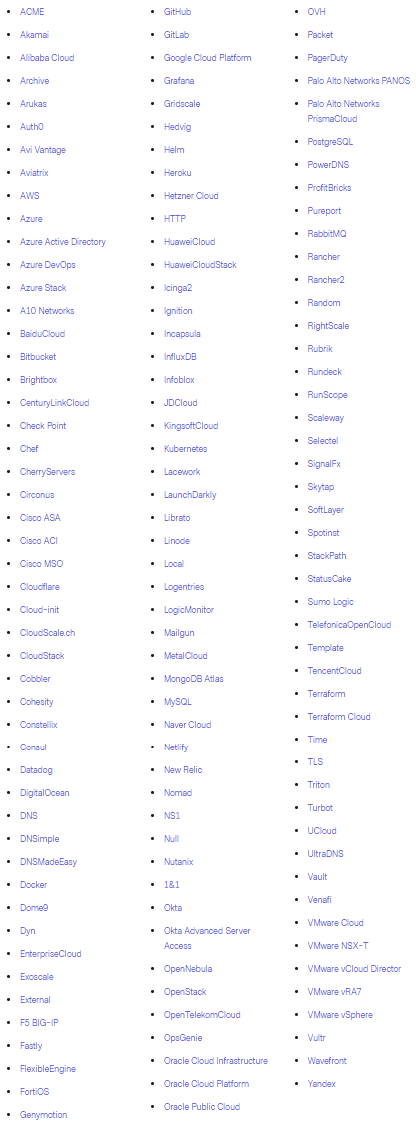
Terraform
Change Automation
Terraform is stateful
Iterative changes to a configuration will result in iterative changes to the environment to match, without needing to rebuild the whole thing.
Terraform
Idempotent
Won't make unneeded changes.
Environment can be destroyed, and when rebuilt, the new environment should look just like the previous one.
Terraform
Infrastructure in Git!
Because infrastructure is defined in files, revision control can be applied to infrastructure management.
Using Terraform
Installation
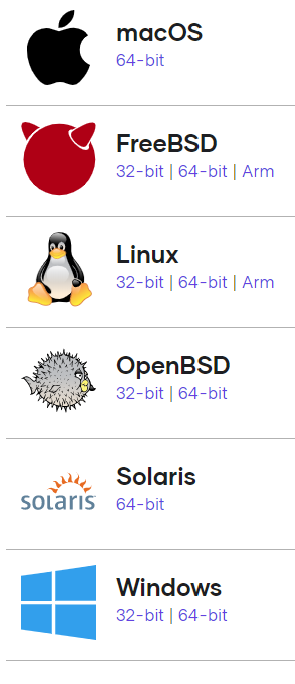
Using Terraform
The Basics -- write some files
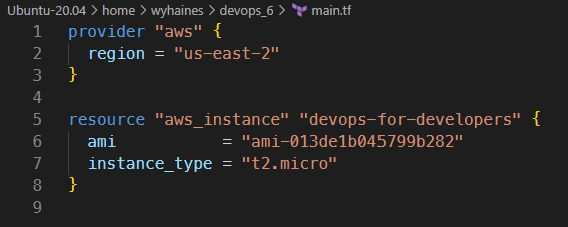
Using Terraform
Initialize
Terraform binary doesn't ship with any vendor-specific support. Initialization step downloads extra needed modules.
Using Terraform
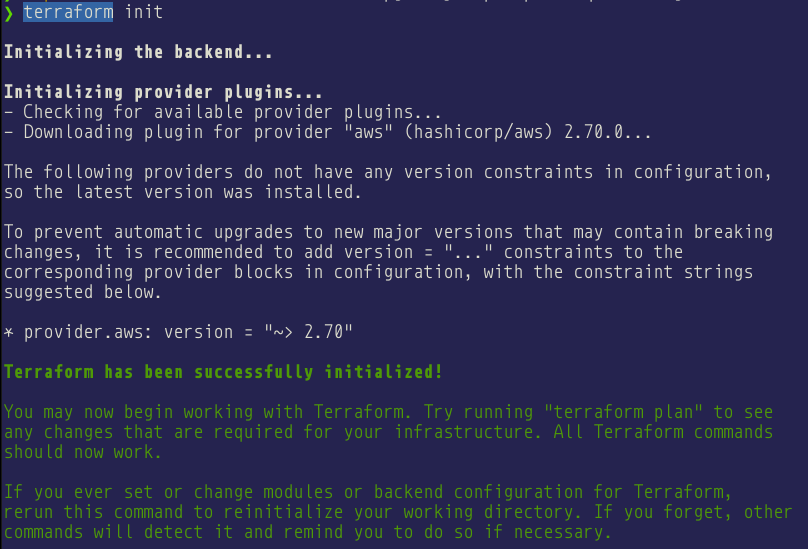
Using Terraform
Plan
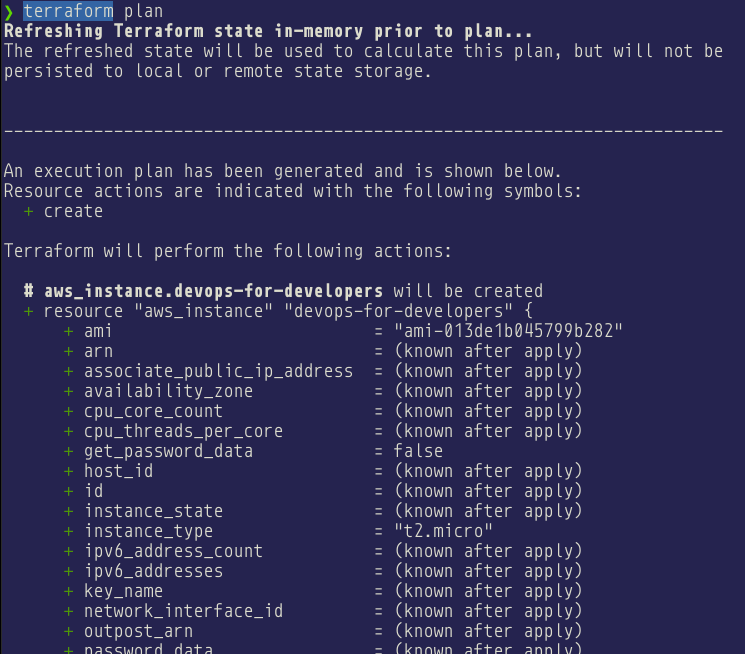
Using Terraform
Apply


Using Terraform
Elaboration
That example is very simple. It's just a vanilla Ubuntu 20.04 instance running in us-east-2.
It isn't very useful.
Using Terraform
Security Groups
Default security groups mean that the server can't be accessed from the outside world.
No SSH. No anything. Terraform config can handle this.
Using Terraform
Security Group
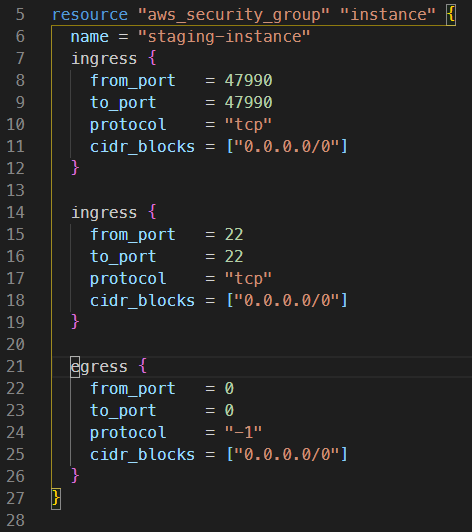

Using Terraform
SSH
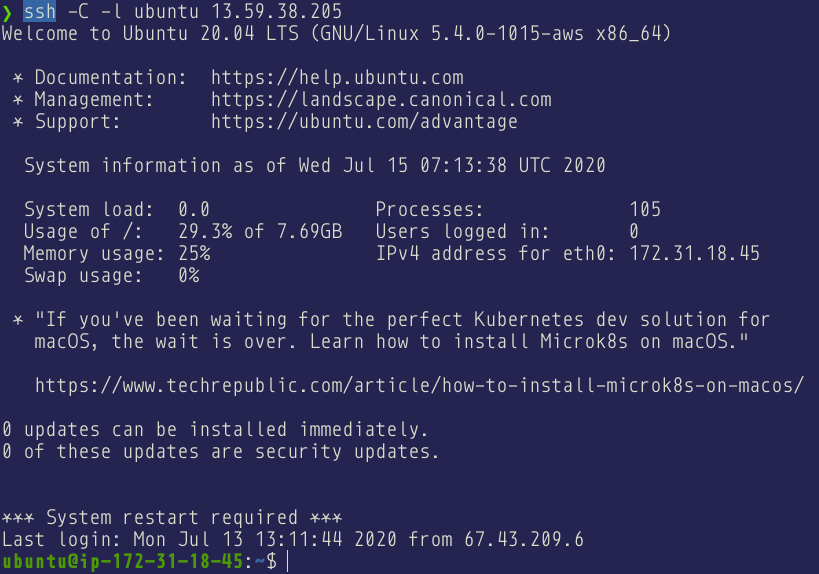
Using Terraform
System Setup & Software Deployment
Terraform can SSH on your behalf and can run commands or transfer and run scripts.
Using Terraform
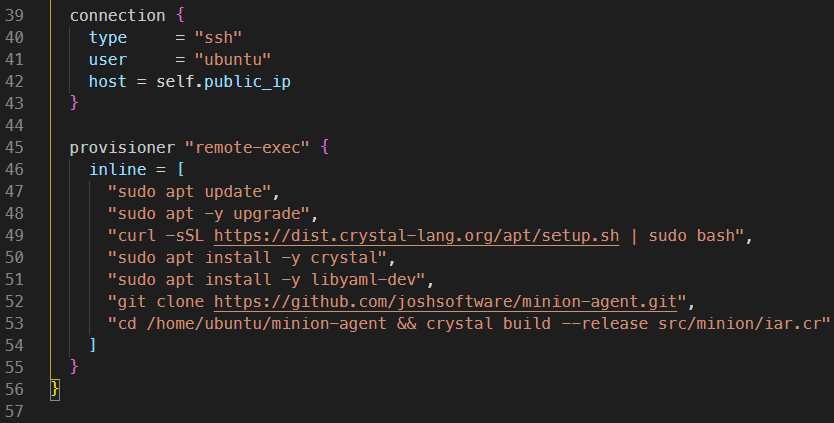
Using Terraform
Let's Run It!

Using Terraform
Terraform IS
Infrastructure as Code
Using Terraform
Terraform IS NOT
Configuration Management
Using Terraform
Terraform IS NOT
Configuration Management
It doesn't replace a tool like Chef or Itamae
Using Terraform
It can invoke those tools
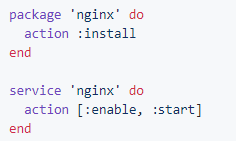
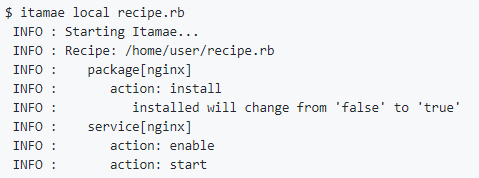
Using Terraform
When Done; Shut it Down
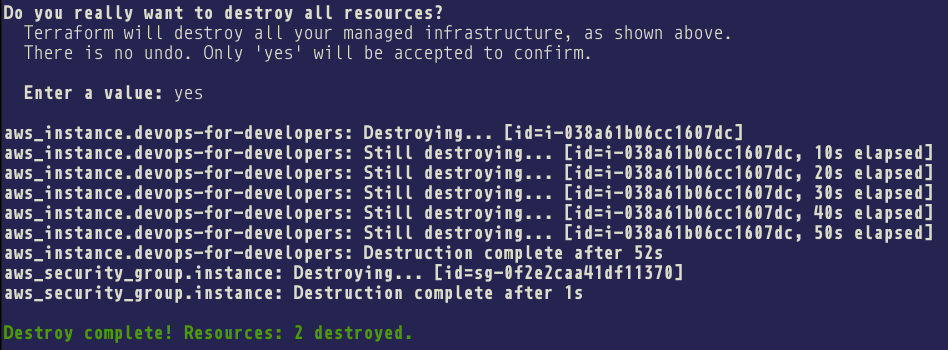
Using Terraform
Makes Infrastructure Repeatable
Infrastructure setup and teardown is fast.
It is precise and repeatable.
It can be version controlled.
It can work with configuration management for a complete solution to deploying and managing testing and staging instances.
Using Terraform
Questions?
DevOps For Developers: Staging with Terraform
By wyhaines
DevOps For Developers: Staging with Terraform
Terraform is a tool that lets infrastructure be managed as code. Infrastructure is typically the purview of DevOps staff, but even if a developer doesn't have primary responsibility for infrastructure related tasks, it is valuable for a developer to have a basic understanding of how a service like Terraform works and how they can use it to manage infrastructure themselves.
- 955



